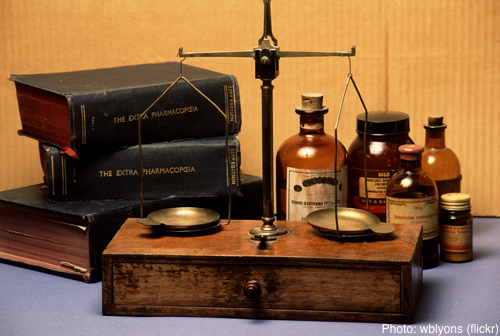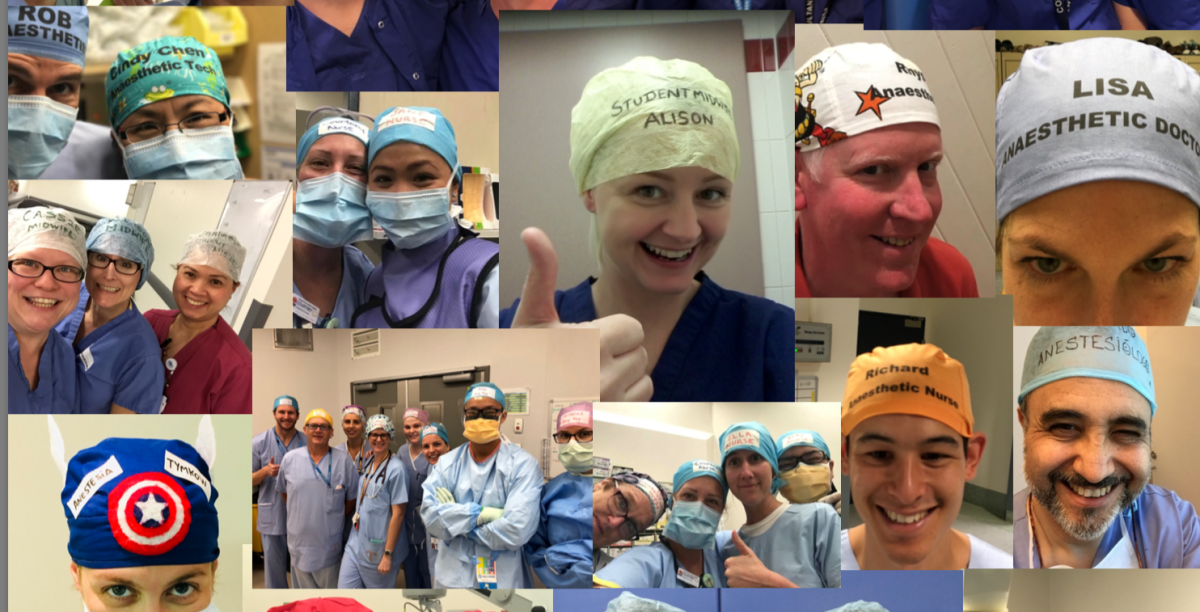Last week I was attending one of my (many!) specialist appointments to discuss results from my recent colonoscopy, possible treatment options for my ongoing colitis, and how they would interplay with my immunotherapy treatment. While in the waiting room, I opened up my daily bible reading app (ReadingPlan) and I just happened to be up to 2 Chronicles 21. Verse 15 was rather…err…interesting, but adds weight to my belief that God has a sense of humour!
15 “You yourself will be very ill with a lingering disease of the bowels, until the disease causes your bowels to come out.’”
😳😱😂🤣😂
This prophecy from Elijah was to King Jehoram, and sure enough came to pass. To rub salt into a very painful wound, the chapter finishes with:
20 Jehoram was thirty-two years old when he became king, and he reigned in Jerusalem eight years. He passed away, to no one’s regret, and was buried in the City of David, but not in the tombs of the kings.
“…to no one’s regret…” Ouch!
It’s enough to make me want to bowel down and worship!





